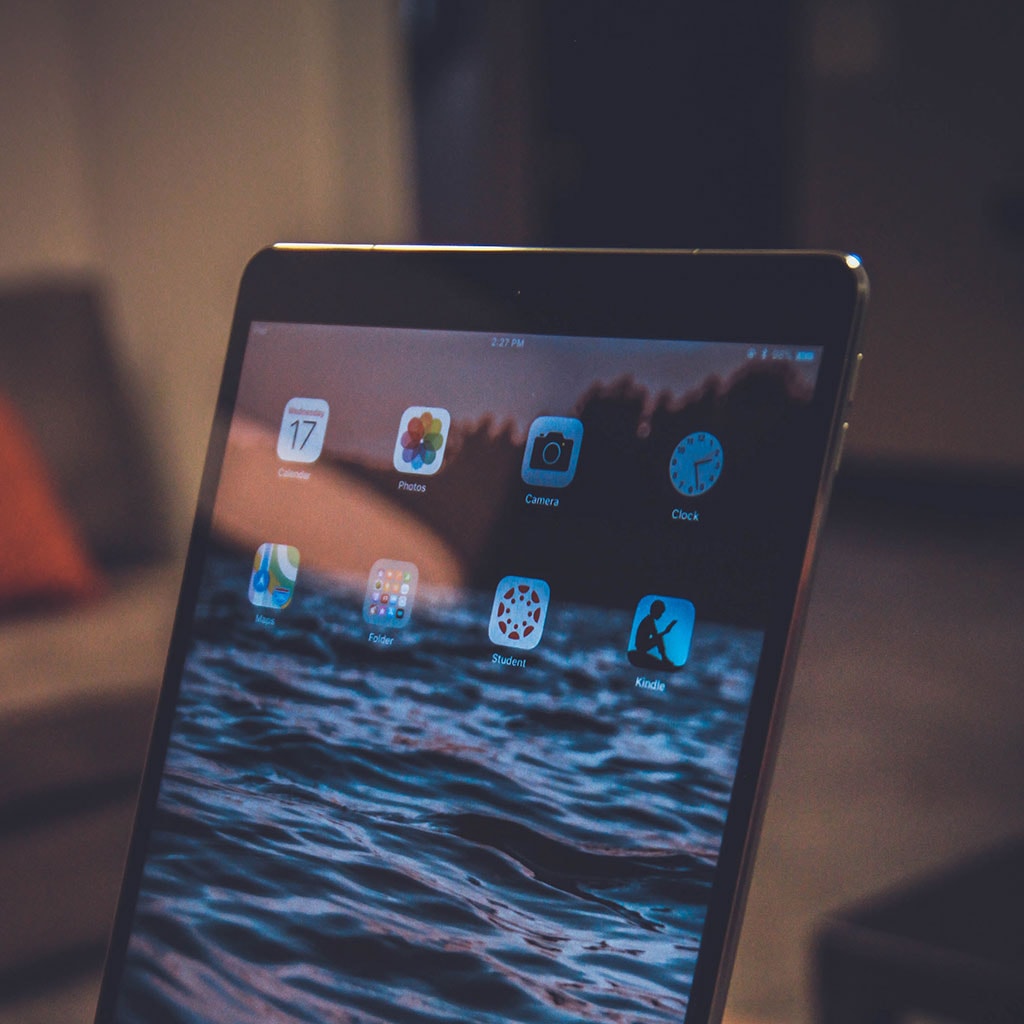How to update Apps on iPad
How to update Apps on iPad
Discover how to effortlessly keep your iPad apps up to date and leverage the newest enhancements and features. Explore step-by-step instructions for managing app updates efficiently and ensuring a seamless digital experience.
Unlock the full potential of your iPad by mastering the art of updating apps!
Don’t miss out on all the cool new features, improvements, and security patches by neglecting to update your apps on your iPad! Keep your device up-to-date and stay ahead of the game. Here’s a detailed guide on how to update your apps:
- Using the App Store:
- Open the App Store on your iPad by tapping its icon on the home screen.
- At the bottom of the screen, you’ll find the “Updates” tab represented by the “App Store” icon.
- Tap on “Updates” to access a list of apps that have available updates.
- Updating Individual Apps:
- On the “Updates” page, you’ll see a list of apps with available updates.
- If you want to update specific apps, tap the “Update” button next to each app’s name.
- Alternatively, you can select the “Update All” option located at the top-right corner to update all apps simultaneously.
- Updating Automatically:
- To enable automatic app updates, go to the “Settings” app from your home screen.
- Scroll down and tap on “App Store.”
- Under the “App Updates” section, toggle on the “App Updates” switch. This will allow your iPad to automatically update apps when new versions are available.
- Enabling Background App Refresh:
- For a smoother experience, ensure that “Background App Refresh” is enabled. This allows apps to update their content in the background, so they’re ready to use when you open them.
- Go to the “Settings” app, then tap “General,” and finally tap “Background App Refresh.” You can enable this feature for all apps or choose specific ones.
- Checking for Manual Updates:
- If you’ve enabled automatic updates but want to manually check for updates occasionally, follow the same steps to access the “Updates” tab in the App Store. If there are pending updates, they’ll appear here.
- Dealing with App Compatibility:
- Keep in mind that sometimes updates might not be available for older iPad models if an app requires newer hardware or software versions. In such cases, the App Store might indicate that the app is not compatible with your device.
- Troubleshooting Update Issues:
- If you encounter problems while updating apps, it’s a good idea to restart your iPad and try again. If the issue persists, you can try deleting the app and reinstalling it from the App Store.
Regularly updating your apps not only keeps them running smoothly but also ensures you’re benefiting from the latest features, bug fixes, and security enhancements. By following these steps, you can effortlessly manage and maintain your app library for a seamless and up-to-date iPad experience.
What steps should I take if I encounter compatibility issues while trying to update an app?
Encountering compatibility issues while attempting to update an app on your iPad can be frustrating, but there are steps you can take to address the situation. First, check your profile icon in the App Store. Occasionally, apps may have updates that require you to update your profile settings first. Discover your profile by navigating to the App Store and tapping on the captivating profile icon nestled in the enchanting top-right corner. If an update is required, you’ll see a prompt indicating so. Updating your profile settings can often resolve compatibility issues with certain apps.
Next, ensure that automatic updates are enabled. Sometimes, compatibility issues arise because apps require certain background updates to support new features. To do this, go to the “Settings” app, tap on “App Store,” and toggle on “App Updates” under the “Automatic Downloads” section.
If you’re still facing problems, assess your iPad’s storage space. Inadequate storage can prevent apps from updating. Head to the “Settings” app, tap on “General,” then “iPad Storage.” Here, you can view a breakdown of your storage usage and free up space if necessary.
Sometimes, compatibility issues stem from poor internet connections. Ensure your iPad is connected to a stable Wi-Fi network before attempting to update apps. A poor internet connection or disruptions during the update process could lead to errors.
Lastly, consider checking the update list in the App Store for any major updates that need manual approval. Sometimes, app developers release significant updates that require you to explicitly accept the changes before they are installed. Keep an eye on the “Update” list in the App Store to ensure that you’re not missing any important updates.
By addressing these aspects – profile settings, automatic updates, storage space, internet connection, and manual update approvals – you can troubleshoot compatibility issues and ensure your apps update smoothly and efficiently over time.





You must be logged in to post a comment.